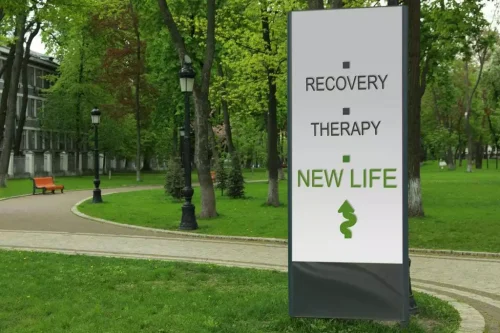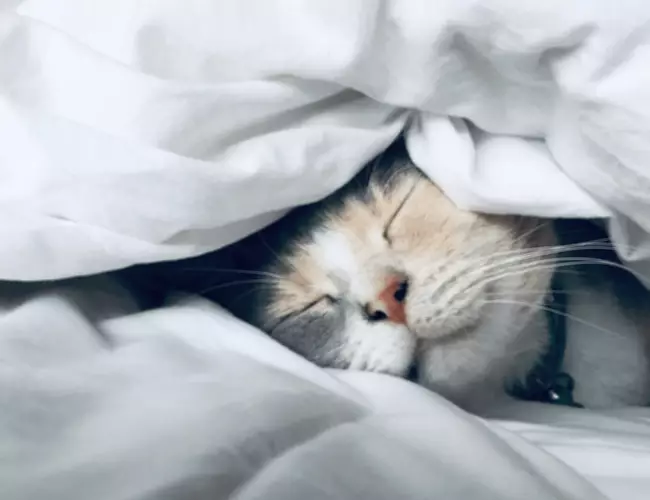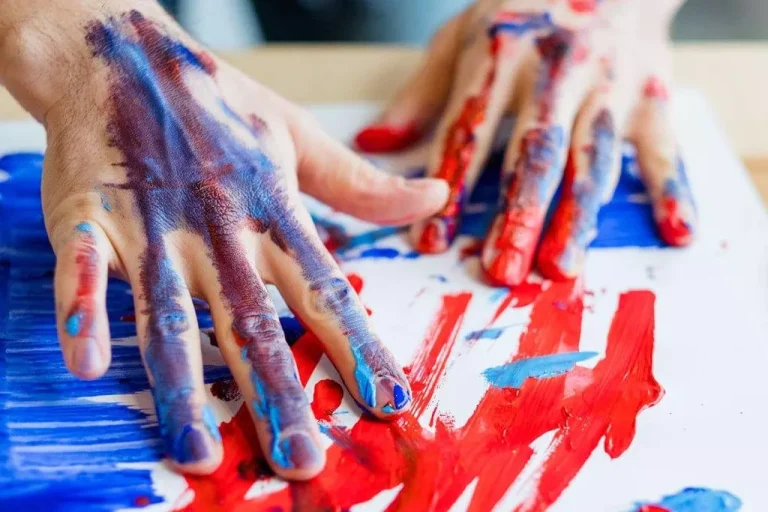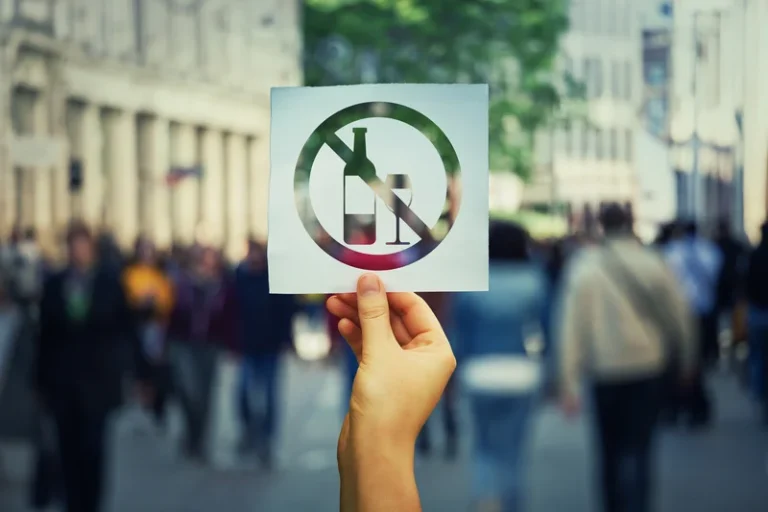
You may have experienced isolation from your family that is difficult to discuss. These situations can be hard to put into words, but rather than talk it out and risk giving inaccurate descriptions, you can draw it out. If drawing doesn’t do it for you, you can use paint, sculpture, or even dance to depict your emotions. No matter the feelings, experiences, traumas, or mental state, you have the ability to express them through art. People struggling with addiction can benefit greatly from art therapy. Art therapy offers a way to work through some of the 12 Steps.
Emotional Response and Rescue
- Draw your dreams to the sound of music on the silhouette of a butterfly.
- Now that things are starting to open back up again we’re hopeful that we can resume our art for recovery show and continue to serve the community through future art focused shows and events.
- Mandala exercise relieves stress, fatigue, tension.
Individuals might create sculptures representing their addiction, their recovery journey, or their vision for their future selves. The three-dimensional aspect of sculpture allows for a more holistic exploration of complex emotions and experiences. Mandala creation is a popular technique for stress reduction and self-reflection. Mandalas, circular designs with repeating patterns, have been used for centuries in various spiritual traditions as tools for meditation and self-discovery. In the context of addiction recovery, creating mandalas can provide a calming, focused activity that promotes mindfulness and introspection. Skilled facilitators are essential in guiding group activities effectively.

How Can I Be Creative?

These positive experiences are crucial for breaking the cycle of addiction and helping you stick with your relapse prevention plan. They promote self-care and provide healthier ways to cope with triggers and cravings. Both AA and NA support groups are based on a 12-step program that emphasizes personal growth, accountability, and spiritual development. Meetings are typically held regularly and are accessible in various formats, including in-person, online, and hybrid sessions. By offering the public a look into the reality of mental health and substance use disorders WE can make a difference.

Art Therapy Ideas for Addiction: Creative Approaches to Recovery
- To encourage continued active involvement, it’s important for the group facilitator to mix things up to keep the group interesting.
- These sessions provide practical tools for managing triggers and cravings and developing healthy coping strategies.
- In fact, Farrell-Kirk (2001) states that “the use of boxes to enclose and conceal contents, create a new realm of space, and unite opposites makes the box effective in therapy.
- After addiction has taken hold of a person, the connection between owning personal emotions and then communicating them to others is lost.
- The group members shared practical advice and personal insights that Jack could relate to, which made the support feel genuine and actionable.
Participants benefit by relaxing, becoming more present, and through an enhanced sense of creativity and flow. We share three activities with which to get started. Photography used in a therapeutic context is often called photo therapy or therapeutic photography (Gibson, 2018).
- For example, if participants tend to be impulsive, Flora may choose colored pencils instead of markers because colored pencils require people to slow down and consider the process more.
- It also relieves stress and frees the mind through creativity.
- Without a way to deal with emotions, mental health is always in flux and at the mercy of what a person can control or not.
- These art exercises is great for training the brain and helps develop creativity.
- Peer-led group activities in treatment programs for relapse prevention can enhance engagement and relatability among group members from diverse backgrounds.
Addiction Recovery and Creativity
This activity can be conducted with individuals or in a group and was devised by music therapist Paula Higgins. For this activity, you will need space for clients to sit or lie down, yoga mats or cushions for them to lie on, and a device https://ecosoberhouse.com/ that can play music either using the video below or your own source. For this activity, you will need drawing pencils, ink pens, felt pens, colored pencils, pastels, chalks, crayons, acrylic and/or water paints, and brushes.
I came up with this art therapy directive while working with a parent who was stuck in a pattern of self-defeating thoughts and behaviors. Her meaning around her ability to be a good mom was wrapped up in guilt about her past drug use. Her immense guilt seemed to rule her decision-making more often than not, and it seemed to extinguish any instincts she art therapy ideas for adults in recovery may have felt with regard to self-care. In my experience, it’s most helpful to leave some parts of the activity open-ended. In other words, don’t specify what kind of bridge or body of water they should depict. This version of the bridge drawing technique comes from the Handbook of Art Therapy, from the section on clinical application with adults.

